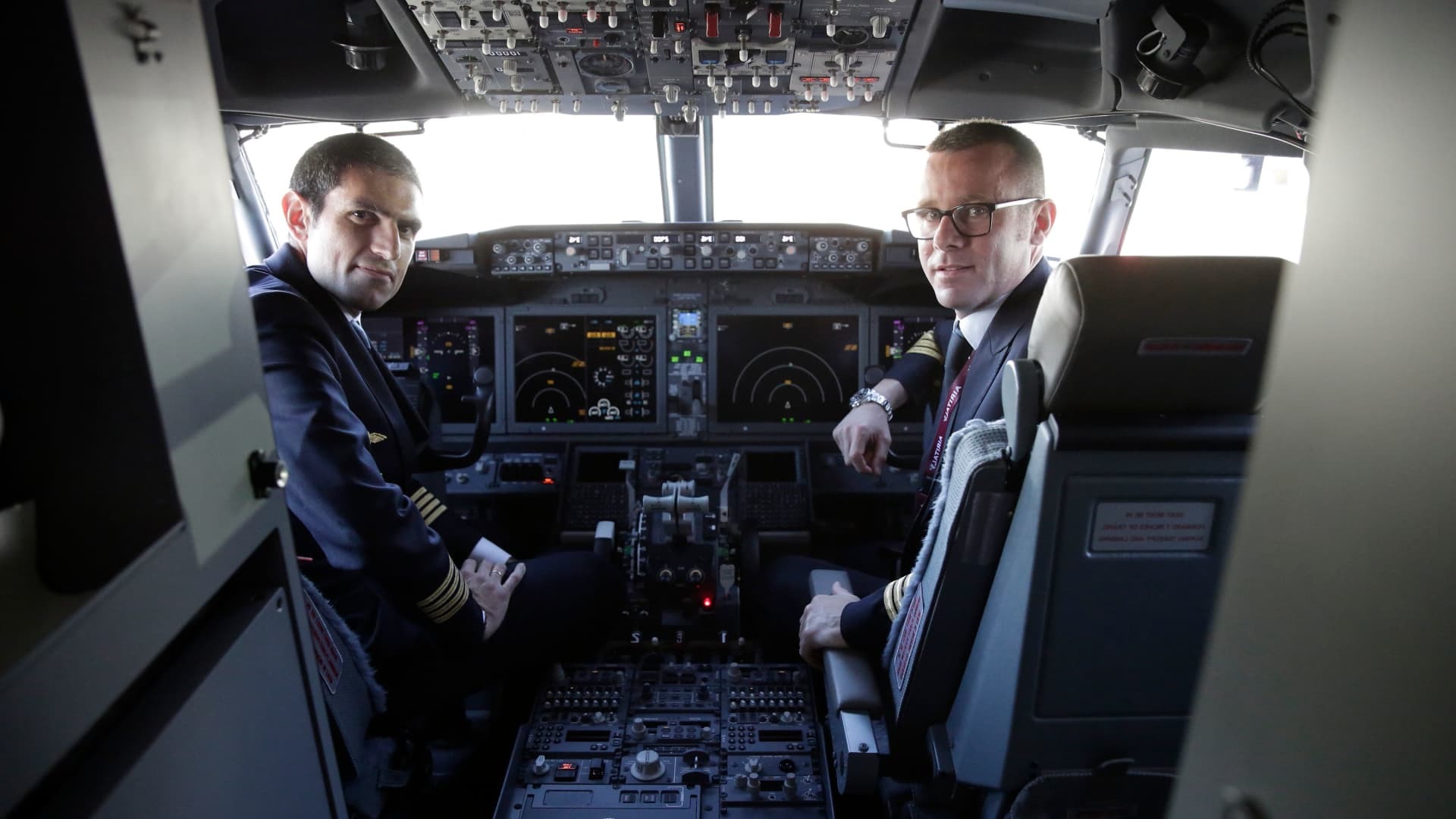
Ever wondered what it takes to become a pilot? Airline training programs are rigorous, demanding, and essential for ensuring the safety of passengers. These programs cover everything from basic flight principles to advanced navigation techniques. But what exactly happens during this training? Trainees undergo extensive classroom instruction, simulator sessions, and real-world flying experience. They learn to handle emergencies, navigate complex airspaces, and communicate effectively with air traffic control. Why is this training so intense? Because pilots must be prepared for any situation that might arise during a flight. Understanding the ins and outs of these programs can give you a new appreciation for the professionals who safely guide us through the skies. Ready to dive into the world of airline training? Let's take off!
Key Takeaways:
- Airline training programs are crucial for preparing aviation professionals. They cover everything from flight simulations to specialized role training, ensuring safety and efficiency in the industry.
- The future of airline training is exciting, with advancements in technology and a focus on sustainability. From AI integration to remote training options, the industry is evolving to meet the needs of tomorrow.
What Are Airline Training Programs?
Airline training programs are essential for preparing pilots, flight attendants, and other crew members for their roles. These programs ensure safety, efficiency, and professionalism in the aviation industry. Let's explore some fascinating facts about these training programs.
-
Extensive Ground School Training
Ground school training covers aviation theory, regulations, weather, and navigation. Pilots spend hours learning these subjects before ever stepping into a cockpit. -
Simulators Mimic Real Flights
Flight simulators replicate real-life flying conditions. They help pilots practice emergency procedures and hone their skills without any risk. -
Cabin Crew Safety Training
Flight attendants undergo rigorous safety training. This includes emergency evacuations, first aid, and handling unruly passengers.
The Role of Technology in Training
Technology plays a significant role in modern airline training programs. It enhances learning experiences and ensures trainees are well-prepared for real-world scenarios.
-
Virtual Reality (VR) Training
VR technology immerses trainees in realistic flight scenarios. This helps them practice responses to various situations in a controlled environment. -
Computer-Based Training (CBT)
CBT modules allow trainees to learn at their own pace. These interactive lessons cover everything from aircraft systems to customer service. -
Advanced Flight Simulators
Modern simulators use cutting-edge technology to create highly realistic flying experiences. They simulate different weather conditions, mechanical failures, and more.
Specialized Training for Different Roles
Different roles within an airline require specialized training programs. Each program is tailored to the specific needs and responsibilities of the job.
-
Pilot Type Rating
Pilots must obtain a type rating for each aircraft they fly. This involves extensive training on the specific systems and handling characteristics of the aircraft. -
Flight Dispatcher Training
Flight dispatchers coordinate flight operations. Their training includes flight planning, weather analysis, and communication with pilots. -
Maintenance Crew Certification
Aircraft maintenance technicians must be certified. Their training covers aircraft systems, troubleshooting, and repair procedures.
Continuous Learning and Recertification
Aviation professionals must engage in continuous learning and recertification to stay current with industry standards and regulations.
-
Annual Recurrent Training
Pilots and flight attendants undergo annual recurrent training. This ensures they remain proficient in their skills and knowledge. -
Emergency Procedure Drills
Regular emergency drills keep crew members prepared for unexpected situations. These drills include simulated evacuations and medical emergencies. -
Regulatory Updates
Training programs incorporate updates from aviation authorities. This ensures compliance with the latest safety regulations and procedures.
The Importance of Soft Skills
Soft skills are crucial for airline crew members. Training programs emphasize communication, teamwork, and customer service.
-
Crew Resource Management (CRM)
CRM training focuses on teamwork and communication. It helps crew members work together effectively, especially during emergencies. -
Customer Service Excellence
Flight attendants receive training in customer service. This includes handling passenger complaints, providing assistance, and ensuring a pleasant flight experience. -
Conflict Resolution
Crew members learn techniques for resolving conflicts. This is important for maintaining a calm and safe environment on board.
The Future of Airline Training
The future of airline training looks promising with advancements in technology and evolving industry standards.
-
Artificial Intelligence (AI) Integration
AI is being integrated into training programs. It can analyze performance data and provide personalized feedback to trainees. -
Remote Training Options
Remote training options are becoming more popular. They allow trainees to access lessons and simulations from anywhere in the world. -
Sustainability Focus
Training programs are incorporating sustainability practices. This includes eco-friendly procedures and reducing the carbon footprint of training activities.
Final Thoughts on Airline Training Programs
Airline training programs are rigorous, ensuring pilots and crew are well-prepared for any situation. These programs cover everything from emergency procedures to customer service, making sure every flight is safe and enjoyable. Simulators play a big role, offering realistic practice without the risks. Continuous education keeps skills sharp and knowledge up-to-date. It's clear that airlines invest heavily in training to maintain high standards. This dedication not only boosts safety but also enhances passenger confidence. Next time you fly, remember the extensive preparation behind the scenes. It’s not just about flying; it’s about ensuring every aspect of the journey is handled with expertise. So, next time you board a plane, you can feel assured knowing the crew has undergone some of the best training in the world. Safe travels!
Frequently Asked Questions
Was this page helpful?
Our commitment to delivering trustworthy and engaging content is at the heart of what we do. Each fact on our site is contributed by real users like you, bringing a wealth of diverse insights and information. To ensure the highest standards of accuracy and reliability, our dedicated editors meticulously review each submission. This process guarantees that the facts we share are not only fascinating but also credible. Trust in our commitment to quality and authenticity as you explore and learn with us.


